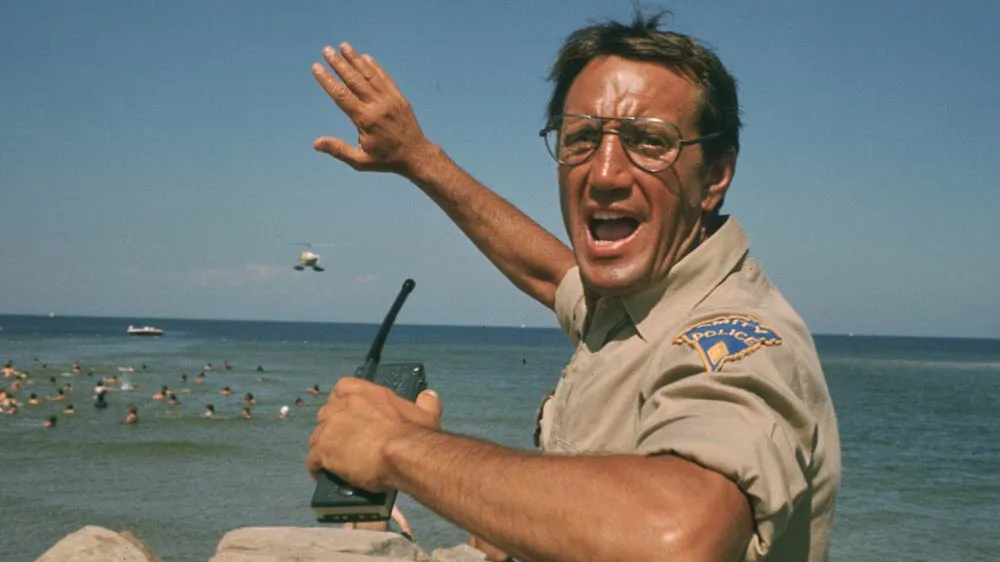November 13, 2013
Star Wars: Frames
Kevin Taft READ TIME: 3 MIN.
Abrams has another gorgeous "Star Wars" collectible coffee table book on its hands with the gorgeous two-volume, "Star Wars: Frames." Unlike past hardcover treatises that cover the "Making of" or a variety of artwork from the blockbuster series, "Star Wars: Frames" acts as almost a picture book that tells the entire "Star Wars" saga (in its current state) with pictures.
Painstakingly selected by the master George Lucas himself, the 736-page collection includes 1,416 images from the six films, edited down from more than one million frames. The result is twofold; In one sense, we get a photo book that tells an epic saga of the rise and fall of a doomed hero. In another sense, we have access to almost 1,500 works of art. By looking at a film frame by frame the viewer is able to study the framing of a shot, the lighting, the costumes, and the minute actions and expressions of an actor.
Lucas does well to include iconic shots such as Luke staring out at the two moons of Tatooine, or Leia watching the raid on the Death Star from "A New Hope." Plenty of classic images are sprinkled throughout, but the dizzy delight of the volumes is finding the frames that you might not have ever noticed even while watching the films. As J.W. Rinzler explains when telling us the process of selecting the frames, Lucas would often toggle back and forth between two frames trying to find the best moment. It could be to find the best glance of an eye or the most interesting after-effect of an explosion. He'll take a familiar moment of a laser gun shooting, for example, and select the moment when the ray is only half-way to its target. Han Solo's yell as he is surprised by storm troopers in the halls of the Death Star is a moment we don't normally get to study, but here it's fascinating and hilarious. Even the more unpopular prequels still find their artistic moments to pore over. (The battle between Anakin and Obi-Wan at the end of "Revenge of the Sith" has some marvelous stills.)
The set comes in an attractive sturdy slip-cover box with both volumes tucked neatly inside. Each sturdy page of the two volumes (the Prequel Trilogy in one, the Original Trilogy in another) measures 12" x 13.5" and has two frames on each. What's nice is that the collection isn't bogged down with a myriad of different contributors raving about their love of the trilogy (we understand -- we're one of you) and instead consists of one forward for each volume, and that's it. Which is perfect. This is an art book that should be displayed and enjoyed, not a study guide.
The forward in the prequel trilogy is by J.W. Rinzler who gives us the low-down on how Lucas chose the frames and how long the process took. The forward in the Original Trilogy volume is by filmmaker Guillermo Del Toro, who talks about the effect of the films on him as a child and how much the first two films in the trilogy meant to him. He speaks of, like many of us, wanting to repeat the experience of seeing the films and when home video wasn't even out yet, the only way to do that was by buying the soundtracks or action figures. And for fans of the "Star Wars" universe, we understand. We, too, wanted to hold a piece of "Star Wars" in our hands. With "Star Wars: Frames" we can now hold the entire saga in them.
"Star Wars: Frames"
Hardcover
$150.00
www.abramsbooks.com
Kevin Taft is a screenwriter/critic living in Los Angeles with an unnatural attachment to 'Star Wars' and the desire to be adopted by Steven Spielberg.


